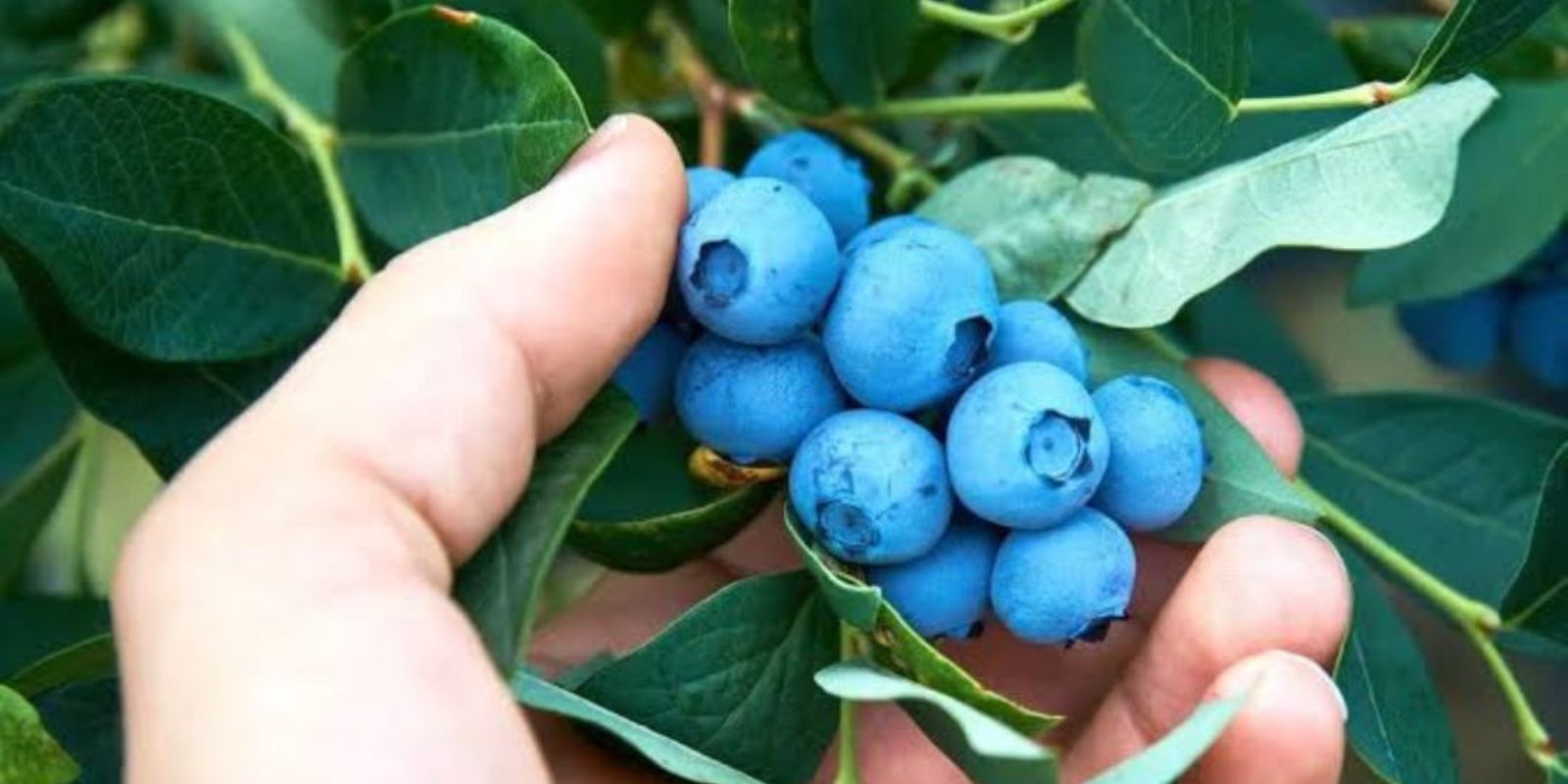Blueberries are not only delicious but also packed with nutrients, making them a great addition to your home garden. The good news? You don’t need a huge backyard or perfect weather to grow them! With the right approach, you can cultivate thriving blueberry plants in containers, no matter where you live. This guide will walk you through everything you need to know to grow an abundant supply of blueberries at home.
Why Grow Blueberries at Home?
Blueberries are loaded with antioxidants, vitamins, and fiber, making them a superfood that benefits your health in many ways. Store-bought blueberries can be expensive, and growing your own ensures you have access to fresh, chemical-free fruit. Plus, blueberry plants are low-maintenance and can be a beautiful addition to your home garden, balcony, or patio.
Choosing the Right Blueberry Variety
Not all blueberry varieties are suited for container gardening, so choosing the right type is crucial. Here are some of the best varieties for growing in pots:
- Top Hat – A dwarf variety that produces sweet berries and stays compact.
- Sunshine Blue – A semi-dwarf variety that grows well in different climates.
- Jelly Bean – A small, bushy plant that produces large, flavorful berries.
- Patriot – A cold-hardy variety with high yields.
- Pink Lemonade – A unique pink blueberry variety with a sweet, citrusy taste.
If you live in a cold climate, go for cold-hardy varieties like ‘Northblue’ or ‘Patriot.’ If you live in a warmer area, ‘Misty’ and ‘Sunshine Blue’ are excellent choices.
How to Grow Blueberries in Containers
Growing blueberries in containers is easy as long as you provide the right conditions. Here’s a step-by-step guide to ensure success:
1. Choose the Right Container
- Use a large container (at least 5 gallons) to provide enough space for root growth.
- Ensure the pot has good drainage holes to prevent root rot.
- Fabric pots or ceramic pots work well, as they allow good airflow to the roots.
2. Use the Right Soil
Blueberries require acidic soil with a pH of 4.5 to 5.5. You can create the perfect mix by combining:
- 50% peat moss
- 30% pine bark
- 20% perlite or sand
Alternatively, you can buy an acidic potting mix designed for azaleas or rhododendrons.
3. Sunlight Requirements
Blueberries love sunlight! Place your container where it gets at least 6–8 hours of direct sun daily. If you live in an extremely hot climate, provide some afternoon shade to prevent the plant from drying out.
4. Watering Blueberry Plants
Blueberries require consistent moisture but dislike being waterlogged. Here’s how to water them properly:
- Keep the soil evenly moist but not soggy.
- Use rainwater if possible, as tap water may raise the soil’s pH.
- Mulch with pine needles or bark to help retain moisture.
5. Fertilizing for Maximum Yield
Blueberries are light feeders, but they do benefit from the right fertilizers. Use:
- An organic fertilizer designed for acid-loving plants (like those made for azaleas or camellias).
- Apply fertilizer in early spring and again after flowering.
- Avoid high-nitrogen fertilizers, as they encourage leafy growth rather than fruit production.
6. Pruning and Maintenance
- In the first year, remove flowers to help the plant establish strong roots.
- Prune dead or weak branches in late winter to encourage healthy growth.
- Every 2–3 years, remove older branches to maintain high fruit production.
7. Protecting Your Blueberry Plants
- Frost Protection: If you live in a colder climate, move potted blueberries to a sheltered location in winter or wrap the pots in burlap for insulation.
- Birds & Pests: Birds love blueberries! Use netting to protect your harvest. If aphids or other pests appear, spray the plant with a neem oil solution.
Encouraging Maximum Fruit Production
To get the most blueberries from your plant, try these tips:
✅ Plant multiple varieties – This increases pollination and boosts fruit production.
✅ Trim dead branches – Helps the plant focus energy on producing fruit.
✅ Use an acidic fertilizer – Blueberries need the right nutrients to thrive.
✅ Keep the soil moist – Dry soil can reduce berry production.
Common Problems and How to Fix Them
✅ Leaves Turning Yellow? – This could be due to alkaline soil. Add sulfur to lower the pH.
✅ No Berries? – Lack of pollination or improper pruning may be the cause.
✅ **Mushy or Moldy Berries?

